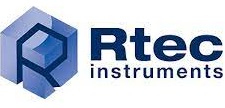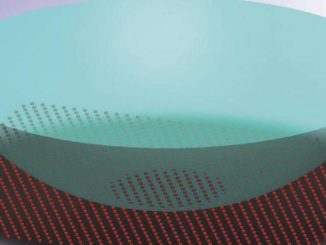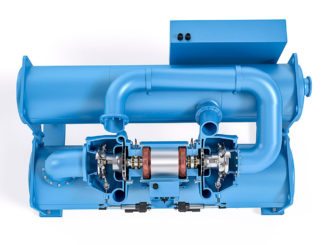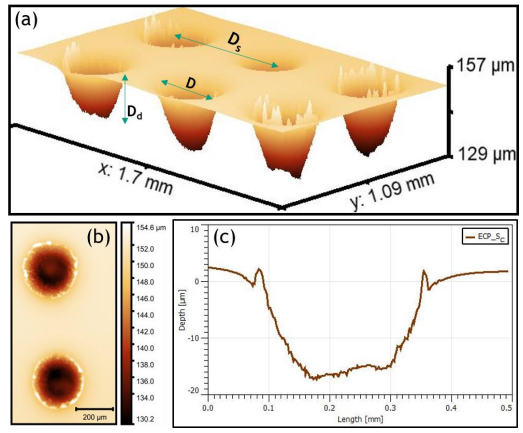Administration of the project
Improving Archard’s Wear Model: An Energy-Based Approach
Wear is an inevitable process in which material is gradually removed from solid surfaces as they interact with each other. This phenomenon is critical in various fields, from automotive and aerospace engineering to everyday items like gears and bearings. Understanding and predicting wear can lead to the development of longer-lasting components and more efficient systems, capturing the interest of engineers and scientists alike. Despite its ubiquity, accurately modeling wear, particularly adhesive wear, remains a challenge in tribology.
Predicting wear is difficult due to the many factors involved, including material properties, surface roughness, load conditions, and environmental effects. Classical models, such as Archard’s wear law, provide a simplified approach but may fall short in capturing the material transfer mechanisms and surface damage of real-world wear scenarios, especially at the microscale where individual asperity interactions and elasto-plastic deformations significantly influence the outcome.
Archard’s wear law, formulated in the mid-20th century, states that the volume of material removed (wear volume) is proportional to the normal load and sliding distance, divided by the material hardness, with a proportionality constant known as the wear coefficient. However, this model assumes a constant wear coefficient and does not account for the complexities of asperity interactions, material fracture mechanics, and varying contact conditions. These simplifications limit its accuracy in predicting wear under different operational conditions and for materials with complex microstructures.
The current study introduces an improved model for predicting adhesive wear by redefining the wear coefficient through the lens of deformation energy. Unlike the classical Archard model, which relies on an empirically determined constant wear coefficient, this new approach ties the wear coefficient to the energy expended in deforming the material during contact. This energy-based wear coefficient provides a more accurate and dynamic representation of wear processes, reflecting the material’s response to varying loads and contact conditions.
The improved model uses the Boundary Element Method (BEM) to simulate contact mechanics, calculating normal contact pressures and displacements between interacting surfaces assumed to be semi-infinite and flat. The deformation energy, derived from these normal pressures and displacements, is then used to compute a spatially varying wear coefficient. This coefficient correlates with the accumulated deformation energy along the frictional force direction, thus providing a more detailed and accurate prediction of wear volume and particle formation.
The proposed model was validated against existing numerical models available in the literature, demonstrating superior efficiency in predicting wear volumes and particle shapes in adhesive contacts with better accuracy than Archard’s wear law. To assess the model accuracy, the simulations are directly compared with a more advanced method particle method and shown in Figure 1.

Figure 1: Simulation of adhesive wear with the advanced particle method (a) and BEM method with improved wear law (b). The wear particle is inside the dashed box. Figure from [1].
By incorporating the deformation energy into the wear coefficient calculation, the model effectively captures the complexities of real-world wear mechanisms. This energy-based approach not only enhances the predictive capabilities of wear models but also provides deeper insights into the wear processes, paving the way for the development of more durable and efficient materials and components.
In summary, the shift from a static, empirical wear coefficient to a dynamic, energy-based coefficient marks a significant advancement in wear modeling. This innovative approach aligns more closely with the physical realities of material deformation and fracture, offering a robust framework for future research and practical applications in tribology. For more information on the model, the interested reader is directed to the paper referenced below.



























